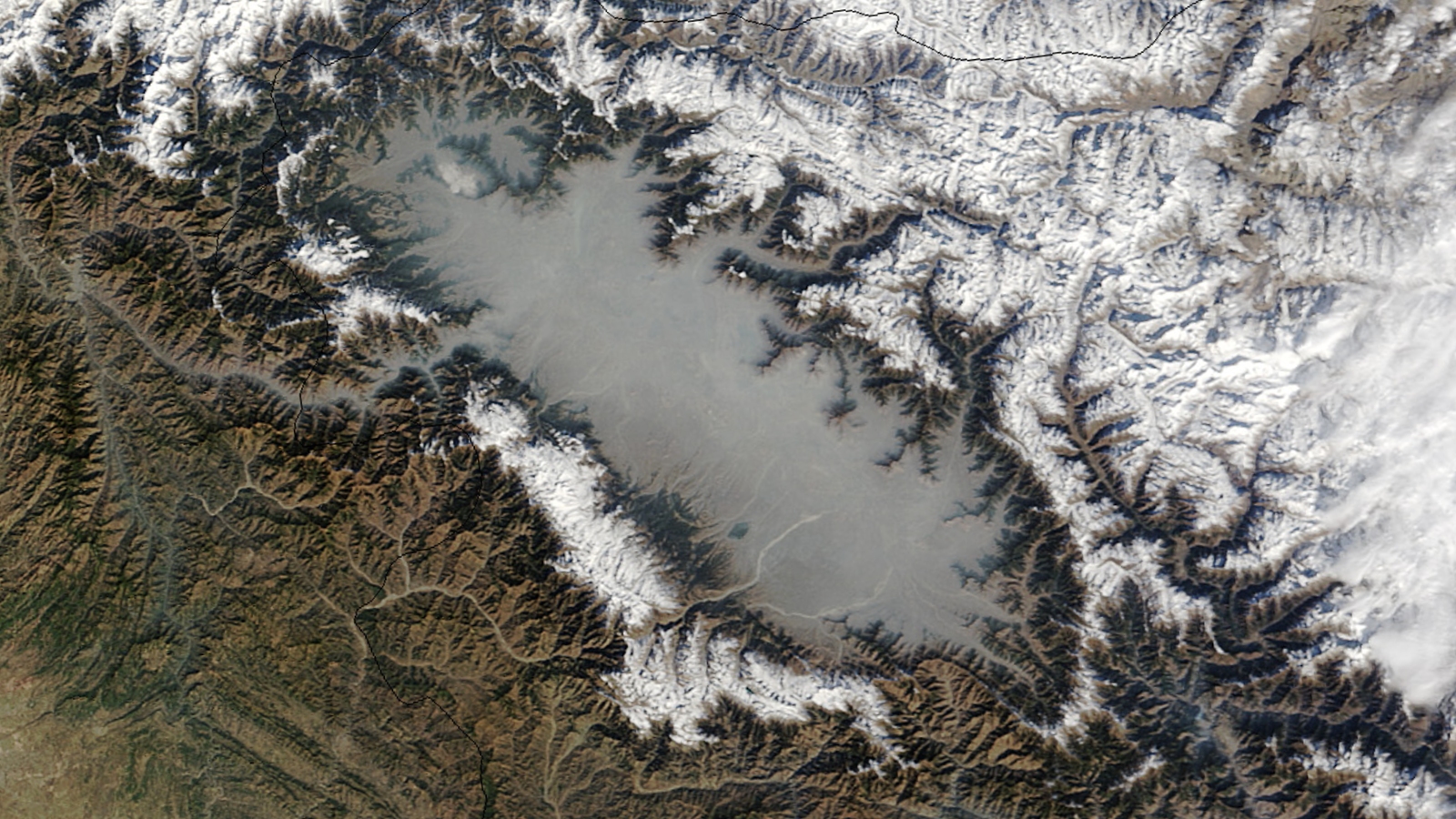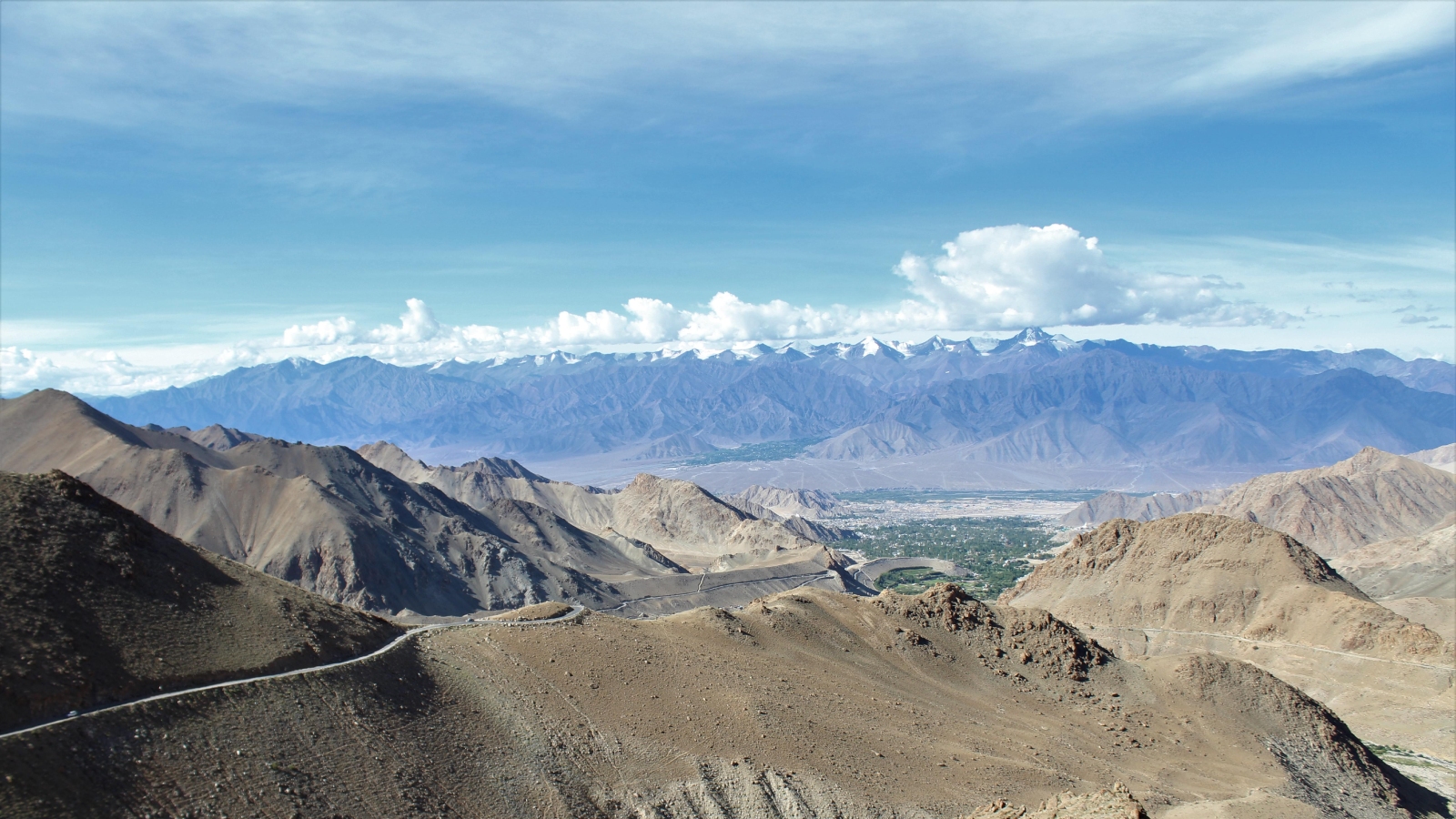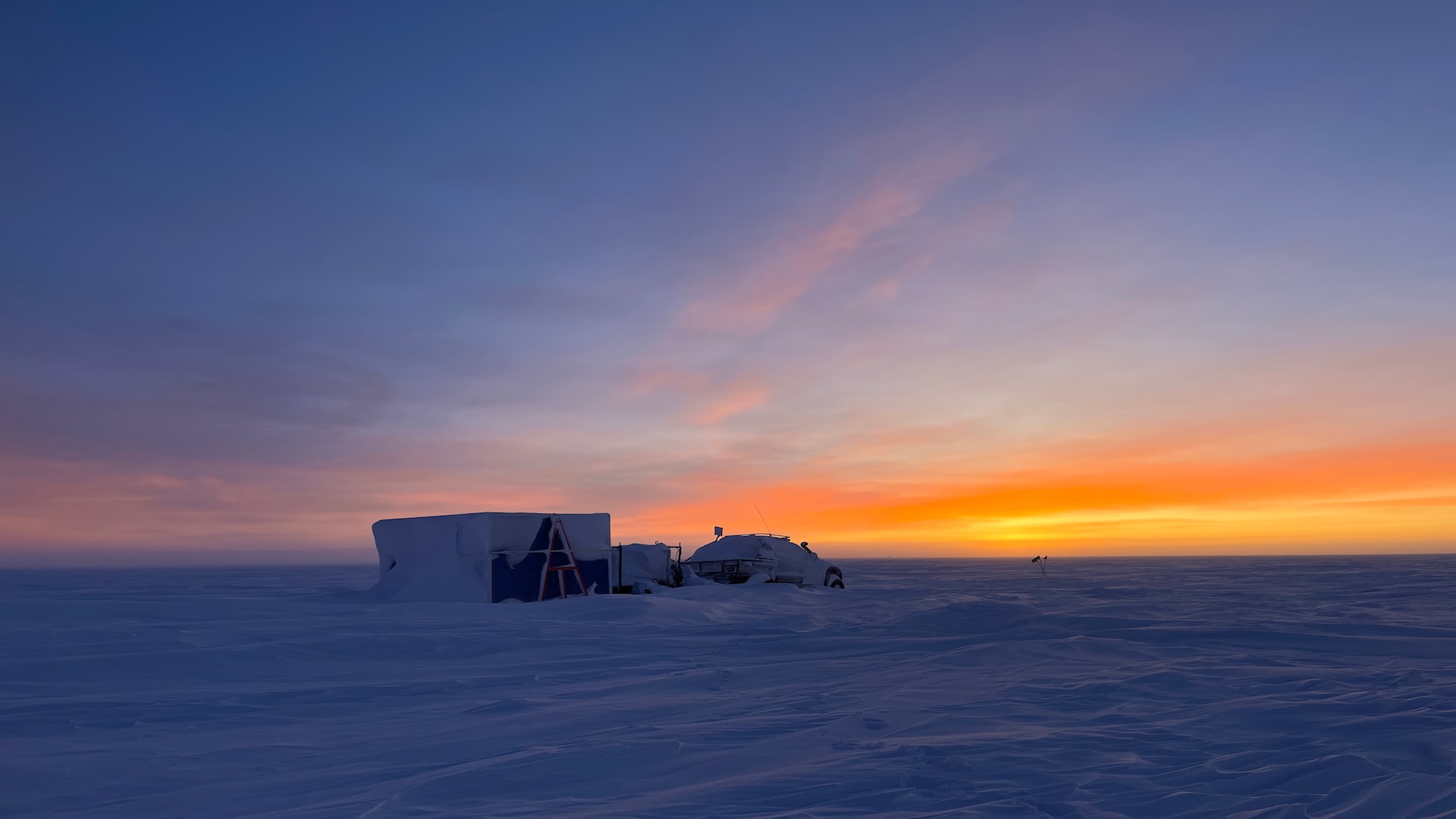Earth from space: Beautiful 'lake of haze' in Himalayan valley has a darker, more sinister source
This 2014 satellite photo shows a cloud of haze sitting in the Kashmir Valley in the Himalayas. The ethereal "lake" consists mainly of smog and other pollutants from nearby factories.

Where is it? Kashmir Valley, in the Himalayas
What's in the photo? A massive cloud of haze sitting in the valley
Which satellite took the photo? NASA's Terra satellite
When was it taken? Dec. 5, 2014
A giant cloud of haze frequently fills this ancient valley at the foot of the Himalayas, which was once an enormous freshwater lake. Although the stunning spectacle results from a natural phenomenon, this particular example was caused by human activity.
The Kashmir Valley is a large, bowl-like ravine that's around 84 miles (135 kilometers) long and 20 miles (32 km) wide. It is surrounded by mountains on all sides, including parts of the Himalayas to the north, south and west. The floor of the valley is around 6,000 feet (1,800 meters) above sea level, on average, but some of the surrounding peaks tower up to 4,000 feet (1,200 m) above the valley's base.
Until around 4.5 million years ago, the Kashmir Valley was a massive freshwater lake, according to NASA's Earth Observatory. Today, the only evidence of the lake is the bowl-like shape of the valley and the sandy, clay-like sediment across the valley's floor.
But under certain conditions, giant clouds of haze can form there, filling the space once occupied by water. This haze, which is normally made from mist and fog, forms when warm air passes over cool ground, known as a temperature inversion, which traps water vapor between the two. Once it has formed, the haze is contained within the valley by the tall surrounding peaks, sometimes for days on end.
Temperature inversions frequently occur in the winter, when the ground is cooler. They are more likely to happen when snow is on the ground, like the powder visible around the rim of the valley in this photo.
Related: See all the best images of Earth from space

However, in this case, only a small percentage of the haze was mist or fog. Instead, most of the cloud consisted of pollution from nearby infrastructure. Multiple satellites detected high levels of air pollution on the day this photo was taken, according to the Earth Observatory. Most of this pollution likely came from charcoal production factories and biomass-burning power plants, which provide the surrounding area with electricity.
Get the world’s most fascinating discoveries delivered straight to your inbox.
Although the Kashmir Valley is no longer a lake, it is still home to several smaller lakes dotted around the floor of the rocky bowl. However, these lakes are also feeling the effects of human-related stressors.
Satellite imagery taken over the past few years shows that most of the valley's lakes are suffering from "eutrophication." During this process, an overabundance of nutrients enters the local waterways as a result of urbanization, triggering algal blooms and an explosion of plant life on the surfaces of these lakes that then starve the waters below of oxygen and make them toxic to most aquatic life.
The valley's largest body of water, Wular Lake, has suffered eutrophication across more than half of its waters at various points over the past decade, which has drastically reduced its biodiversity.
The extra nutrients are entering the lakes because the surrounding forests have been cleared for roads, houses and farmland.

Harry is a U.K.-based senior staff writer at Live Science. He studied marine biology at the University of Exeter before training to become a journalist. He covers a wide range of topics including space exploration, planetary science, space weather, climate change, animal behavior and paleontology. His recent work on the solar maximum won "best space submission" at the 2024 Aerospace Media Awards and was shortlisted in the "top scoop" category at the NCTJ Awards for Excellence in 2023. He also writes Live Science's weekly Earth from space series.


